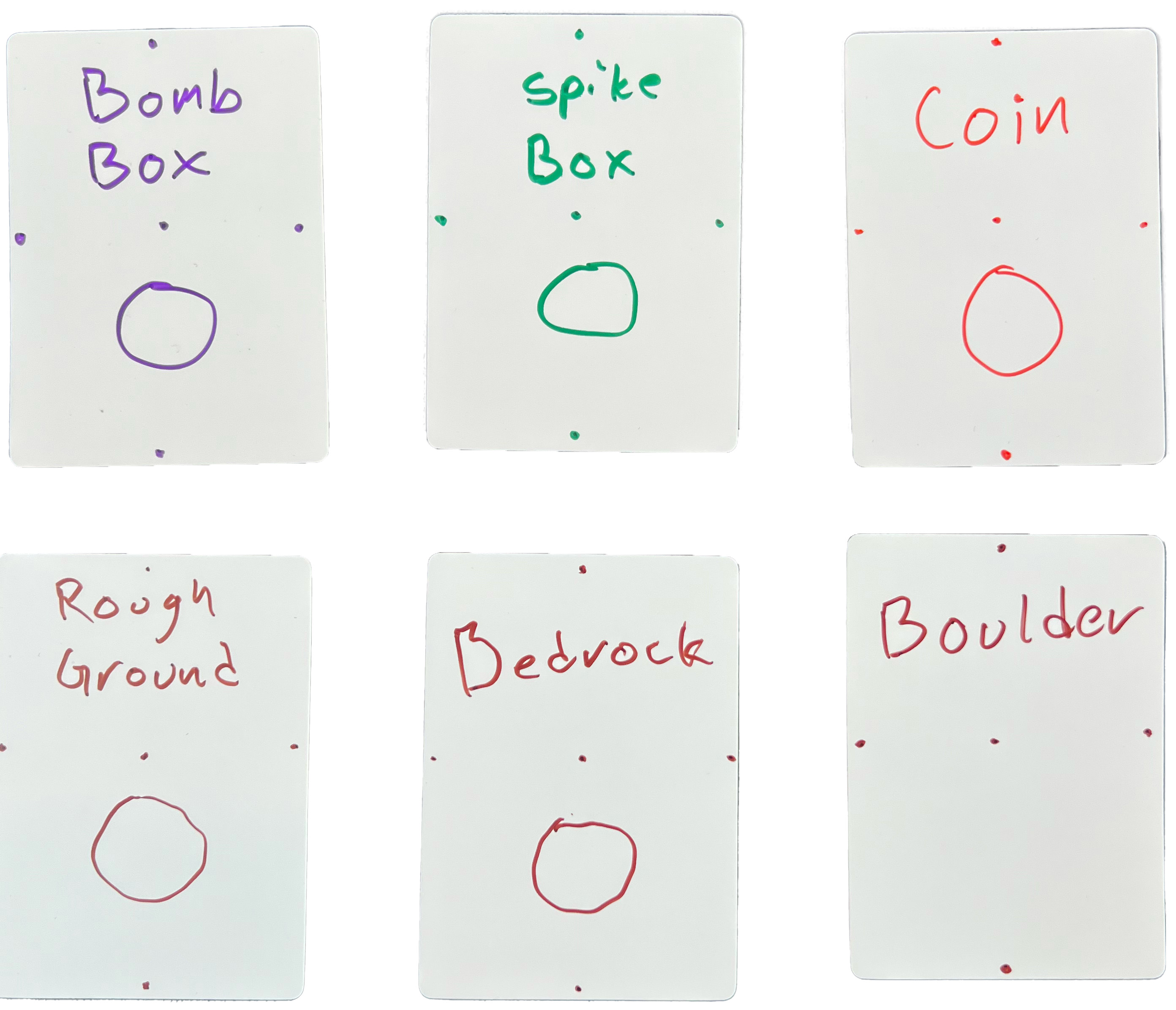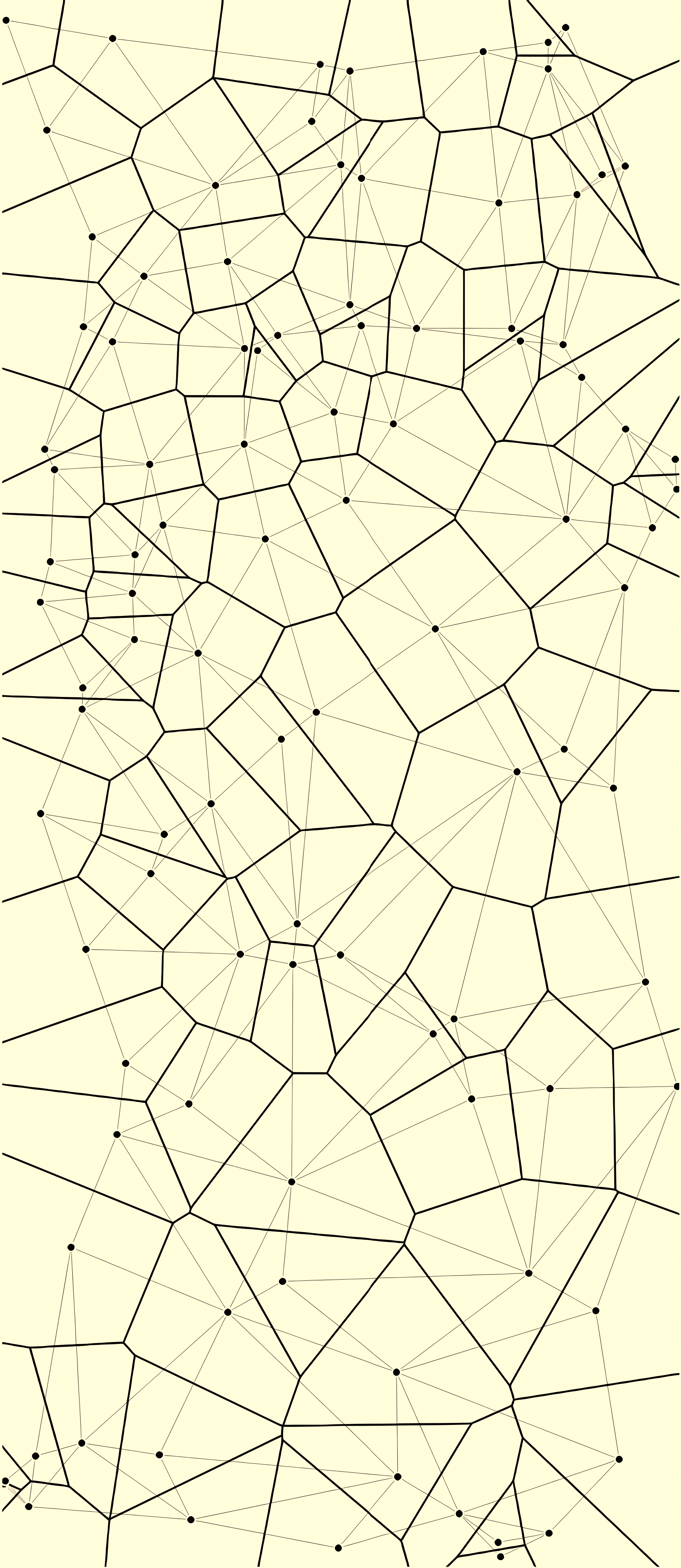
Evaluation
The game is a very rude, tactful game about controlling the board and your opponent. Because of the dice roll, the radically changing environment, strategies are very simple and it becomes more about tactics. The resources in the game encourage the player to control where your opponent can go. Players can gain monopolies of resources, use them to make an attack or use them defensively. I feel as if the best thing I made in this game was its resources.
A major flaw of this game is the randomness of the initial board state. There was a series of several games in a row where one player basically secured a victory on turn one, without the other player making a move. There is also a chance that the game becomes a stalemate if the players run out of bombs and there are no bomb boxes on the board. One way this can be solved is by having the starting board state be drawn from a predetermined set of cards.
Usually, this amount of rudeness is a big no-no because players may take feelings about other players from outside the game into the game. I was initially planning on making three- or four-player variants, but it would be bad to have players act in spite. I may be able to make a four-player version if they are playing on two teams. Having the game be played by two competing teams solves the problem of the rude playstyle.
Overall, I feel the game is far from finished and has some flaws. I am excited to try new ideas to fix whatever issues I discover from playing the game.
Rules
Components
The game includes: infinite bomb pieces, infinite spike pieces, infinite coins, a deck of fifty cards and two player meeples. The deck of fifty cards is made of four bomb box, four spike box, five coin, sixteen rough ground, one boulder, two bedrock, and eighteen normal ground cards.
Overview
This is a two player game about placing bombs and spikes in a board made of cards, seeking control of the board and its resources.
Each turn, you roll two dice, moving your character around the board equal or less than the sum of those dice, and optionally placing spikes or bombs on cards you just left. Spikes make it so a player cannot enter a certain space. At the end of each turn, you subtract the difference of the two dice from the detonator that counts down to zero from six. When the detonator reaches zero, the bombs blow up, destroying cards on the board and replacing them, or eliminates your opponent, winning you the game.
Setup
Shuffle the deck and deal out a grid of five by five cards. Place one coin on each coin card. (Coin cards only give one coin per card.) Put both the player meeples in the same corner of the board. Set the detonator to six. Set the round timer to five.
Turn Structure
Step one is you roll two four-sided dice and note if the difference between the two dice is greater than the value on the detonator. You can move as many times equal or less than the sum of those two dice as you want. Several things impede movement: you cannot move to a space with a player or a spike on it, you cannot move onto a boulder, and it takes an extra point of movement to move onto rough ground.
When you leave a space several things may happen in this order: if the detonator is not reaching zero this turn, you may place a bomb in five different spots on that card; you may place a spike there; if you just left a bomb box card, you get two bombs; if you just left a spike box card, you get two spikes. Though, the player can never have more than five bombs or five spikes.
With regards to the coin card, to obtain the coin you must end the turn on the card. The purpose of the coins is the tie breaker at the end of the round timer.
Step two is lowering the value on the detonator the difference of the two dice. (If you rolled doubles, the value subtracted is zero. The maximum value subtracted is when you rolled a three and a one for three subtracted.) If the detonator reaches zero, the bombs blow up.
Blowing Up The Bombs
Based on where on the cards the bomb was placed, the bombs blow up in different patterns: if it was placed in the center, it blows up the spaces immediately diagonal on all four sides; if it was placed to one of the sides, it blows up two spaces in the direction the bomb was placed on. Bombs always blow up its own card. All bombs get a chance to blow up, it doesn’t happen where a bomb doesn’t get to blow up.
When a card is “blown up,” some things happen: any player on the card dies and loses the game, everything on the card gets put back to the supply, and the card gets discarded and replaced. An exception to this is the bedrock card: the card doesn’t get discarded, but everything on top of the card gets treated as normal. When replacing cards, when the card is a coin card, remember to place one coin on it.
Round Timer
After blowing up the bombs, the round timer is decreased by one. When the timer reaches zero, the game ends and the winner is decided by whoever has the most coins.
